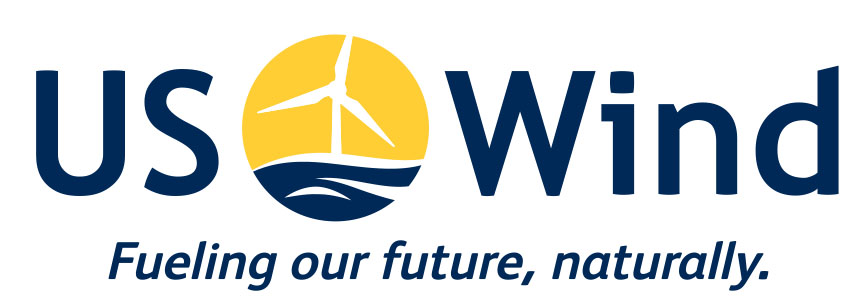Protecting our offshore energy infrastructure
Like many vital services that ensure functionality, dependability, and ease of usage, Artificial Intelligence (AI) is fast becoming one of the most reliable ways of protecting a world increasingly running on renewable, particularly offshore, energy resources. We need to work towards a comprehensive solution that will integrate robotics and AI capabilities in collaboration with human operators.
Artificial Intelligence provides significant data sources essential to offshore energy operations, such as:
- SCADA data (mean, minimum, maximum, and standard deviations),
- Maintenance data (component replacement dates, lubrication events, etc.)
- Failure histories
- Firmware updates
- CMS data (if available)
An article in The Conversation cites an example, specifically in subsea operations: “Robots [to be] left in-situ [has] the ability to monitor and maintain themselves and offshore wind farms. With unprecedented levels of data from a variety of sources such as structural monitoring systems, supervisory control and data acquisition (SCADA) systems, environmental monitoring and so on, the need for advanced AI to support critical operational decision making is vital.”
For wind energy resources, AI can help improve efficiency in wind-turbine O&M practices, including better spare-parts forecasting, reduced downtime, and lower unplanned maintenance costs. A study by Cranfield University in the U.K. explored the key benefits of combining drone technology for the robotic inspection of wind turbine, artificial intelligence to discover the complex fault patterns, and intelligent physics modeling to reduce costs and improve performance levels in the offshore wind sector.
They found that “80-90% of the cost of offshore O&M is a function of accessibility during inspection – the need to get engineers and technicians to remote sites to evaluate a problem and decide what remedial action to undertake. Minimising the need for human intervention offshore is a key route to maximising the potential, and minimising the cost, for offshore low-carbon generation.” By employing advanced drones, AI technology, and advanced modeling, this will help “ensure potential problems are picked up early, when the intervention required is minimal, before major damage has occurred and when maintenance can be scheduled during a good weather window.”
With all these extremely promising and innovative technologies in play, it’s integral to the process that, as Ensemble Energy’s Chief Reliability Officer Rob Budny puts it, “to look for a system that is supported by wind industry domain experts, as the combination of data science expertise and wind industry expertise leads to the best outcomes.”
